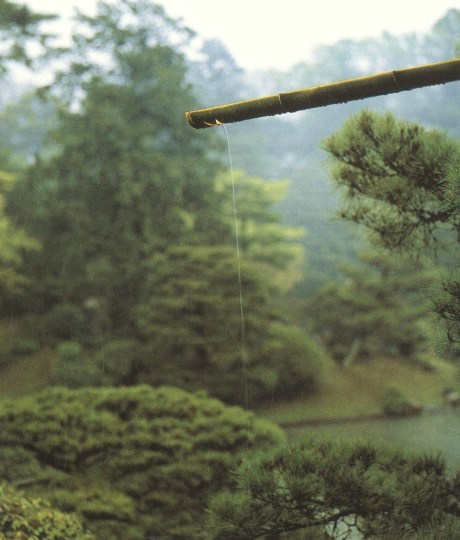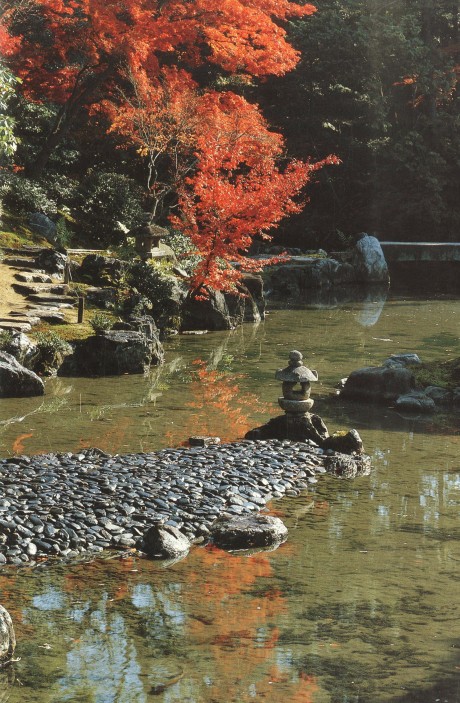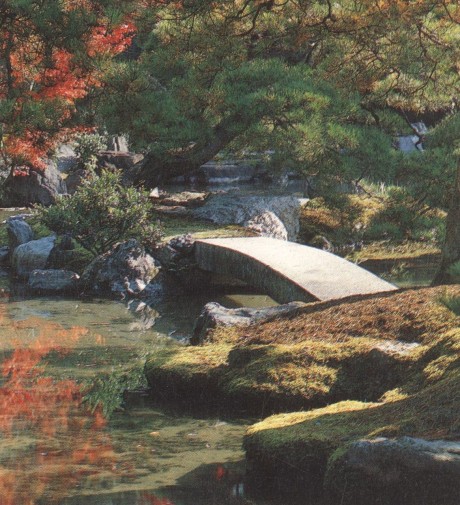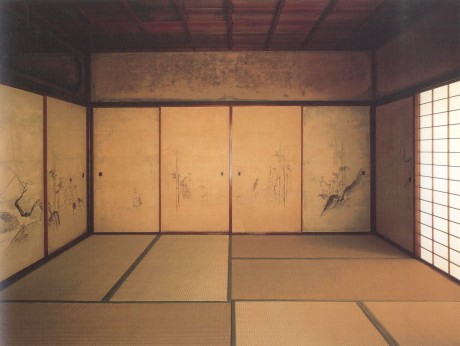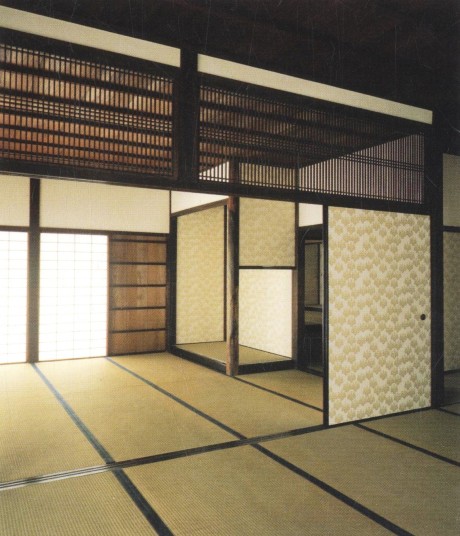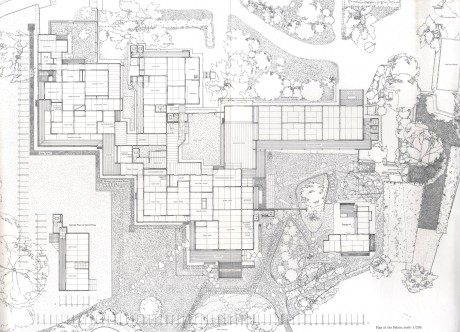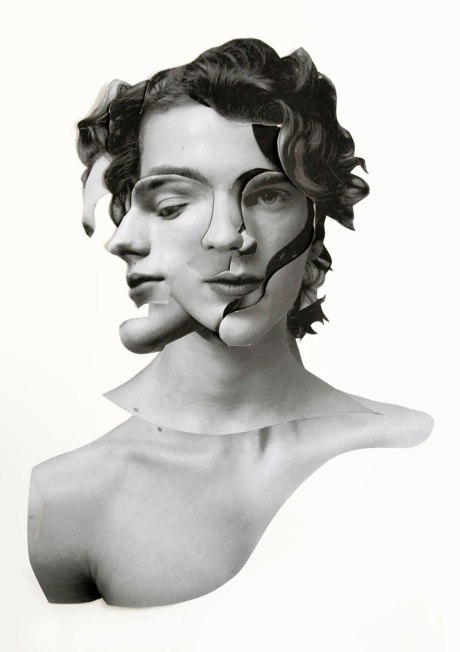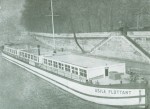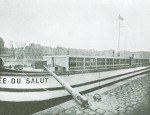KATSURA
1 May 2015, viernes
Encontrar
9 Feb 2014, domingo
Me asusta en numerosas ocasiones la capacidad absorber imágenes una tras otra, en un goteo constante y velocísimo, con una decisión crítica de décimas de segundos.
Collage, Ernesto Artillo, Noviembre 2013. http://www.ernestoartillo.com
.
.
Hay algunas que me llaman doblemente la atención; por sí mismas y por el hecho de hacerlo.
.
.
Viajar
13 Abr 2012, viernes
Heroico y cotidiano a la vez: el legado de Alison &Peter Smithson, Anatxu Zabalbeascoa
10 Abr 2012, martes
«Los Smithsons dejaron ideas para una arquitectura con respuestas capaz de indagar en las capas de los lugares, de las historias y de las tradiciones, en su necesidad de reutilizar y en el encanto de lo ordinario».
.
Zabalbeascoa, Anatxu, “Heroico y cotidiano a la vez: el legado de Alison &Peter Smithson” en El País, 9 Abril 2012.
Intouchables
23 Mar 2012, viernes
Probablemente una persona que haya sufrido tanto no sería tan alegre, probablemente se retrate la cara más dulce de la verdad, probablemente no ayude a denunciar con tanto ímpetu la situación de otras muchas historias reales… Pero qué sensación más agradable al salir del cine.
–
Intouchables, Olivier Nakache, Eric Toledano, Francia, 2011.
28
15 Mar 2012, jueves
Making mirrors, Gotye, 2011.
.
Como artistas, además de la música, está la dedicación en el diseño de todo lo que pasa por sus manos.
.
Somebody That I Used To Know, Making mirrors, Gotye con la colaboración de Kimbra, 2011.
.
.
Easy way out, Making mirrors, Gotye, 2011.
Más información: gotye.com
Body and Soul II
5 Mar 2012, lunes
En 1929, Le Corbusier se ocupa de transformar una vieja barcaza de cemento armado de 80 metros de eslora en un asilo flotante para l’Armée du Salut –el Ejército de Salvación- amarrado en el Sena, en pleno centro de París. Dotándolo de 160 camas, un comedor, cocinas, inodoros, lavabos, duchas. Incluso un jardín en la azotea, en la parte superior de la barcaza, o por lo menos esa fue su intención.
En invierno, la barcaza acababa frente al Palacio del Louvre como refugio para personas sin hogar que escapaban del frío parisino.
En la actualidad, la barcaza está siendo completamente restaurada, anclada en el Sena, en el muelle de Austerlitz.
Más información: www.peniche-lecorbusier.com/accueil.asp
Body and Soul
5 Mar 2012, lunes
Body and Soul, escrita por Johnny Green 1930, interpretada por Coleman Hawkins 1939.
.
.
.
.
Coleman Hawkins en un concierto para la BBC, Londres, 1967.
Choza de paja, 1984
25 Feb 2012, sábado
«La búsqueda y la elección del emplazamiento nos llevó seis meses, la construcción dos días. El viento necesitó dos años para destruirla».
A tí, Isabel, por saber fijarte en esas pequeñas cosas que tanto nos ilusionan.
Choza de paja, Lacaton & Vassal, Niamey, 1984.
«It was a major experience at a major moment of our life because we went to Africa just after finishing our studies in the school in Bordeaux, like all students, we learnt architecture in school, so we had learnt how to do architecture, how to do building, what style is, how to do the windows, the facades, etc, we believed that we knew how to do architecture. When we arrived in Africa, in a very poor country south of the Sahara, there was no architecture in the simple and basic houses with straw roofs and earth construction, and it was like an earthquake in the mind because you look at something that is so different. After some months you begin to be completely free of what you have learnt, begin to observe and analyse very small things: for example, the shops are on the streets, a lot of people just stand around in the street, in the afternoon when is too hot, the sun is very high, they make sort of roof with tree branches and they put their clothes on it and it makes a sort of shade. It is very basic, it is not gesture of architecture, but just because they need to have a shade and they found a way to do it.
For example, there is a very interesting school for nomadic children in the desert. They have nothing, they move every week, there is just sort of a roof made of branches, very simple, with nine or twelve piles depending on the number of children. There is a television running on solar energy and they receive the schools programme from the capital. There is no teacher but they learn how to write, how to read, the geography. When you see it, it is architecture, but it is also very contemporary. What you need to do, you do it very carefully, you do it very well. From these examples we completely changed our mind about architecture.
There is a wonderful straw house at our Vienna exhibition, it is so simple, but so wonderful, the plan of the house is just a circle of 5m. It is made of rice straw all round and there is a roof with straw, the floor is sand, in this part you have what they keep very carefully like a bed to sleep on, the water, it is very important there, it must be kept in a very clean place, and the keep in box the few things they have, their belongings.
Outside there is a second circle 12-15m, just a fence with straw, with just one door and no roof, and this is for domestic functions: cooking, showering, etc, and outside there is a third construction which is just a place to receive friends, a sort of living room. It is very simple, but so delicious.
We spent five years there, five years is long time, we had time to consider our work. (…) There is always an old man there who knows place: when it is raining, from where it is coming. Sometimes we have a big river that appears for maybe just 2 weeks, and so he knows very well where it is possible to build or not, they draw on the floor the streets, different plots for every family. It is made really with the kind of situational intelligence. After that we completely changed the sense of our work. We are sure that the work of an architect is not to demonstrate that he knows how to do very beautiful buildings, but to be intelligent with the questions asked. Very often it is complex but you work on it and try to find a very simple solution«.
“Anne Lacaton. We don’t much believe in form” en Oris n°24 por Ante Niksa, Sasa Bradic, Vera Grimmer, Croatia, Junio 2003.
.
Fotografías:
.
Lacaton, Anne, Vassal, Jean-Philippe, Lacaton & Vassal, Éditions Hxy, Francia, 2009.
